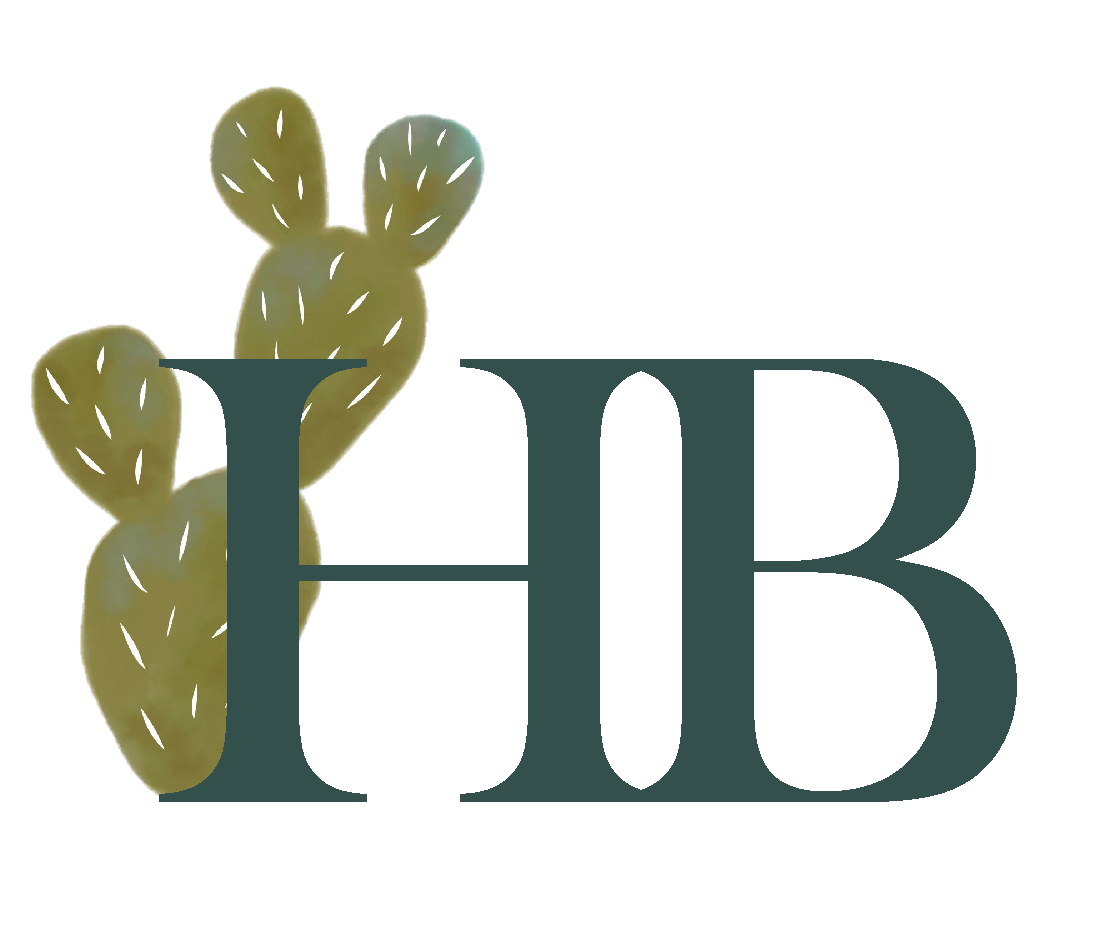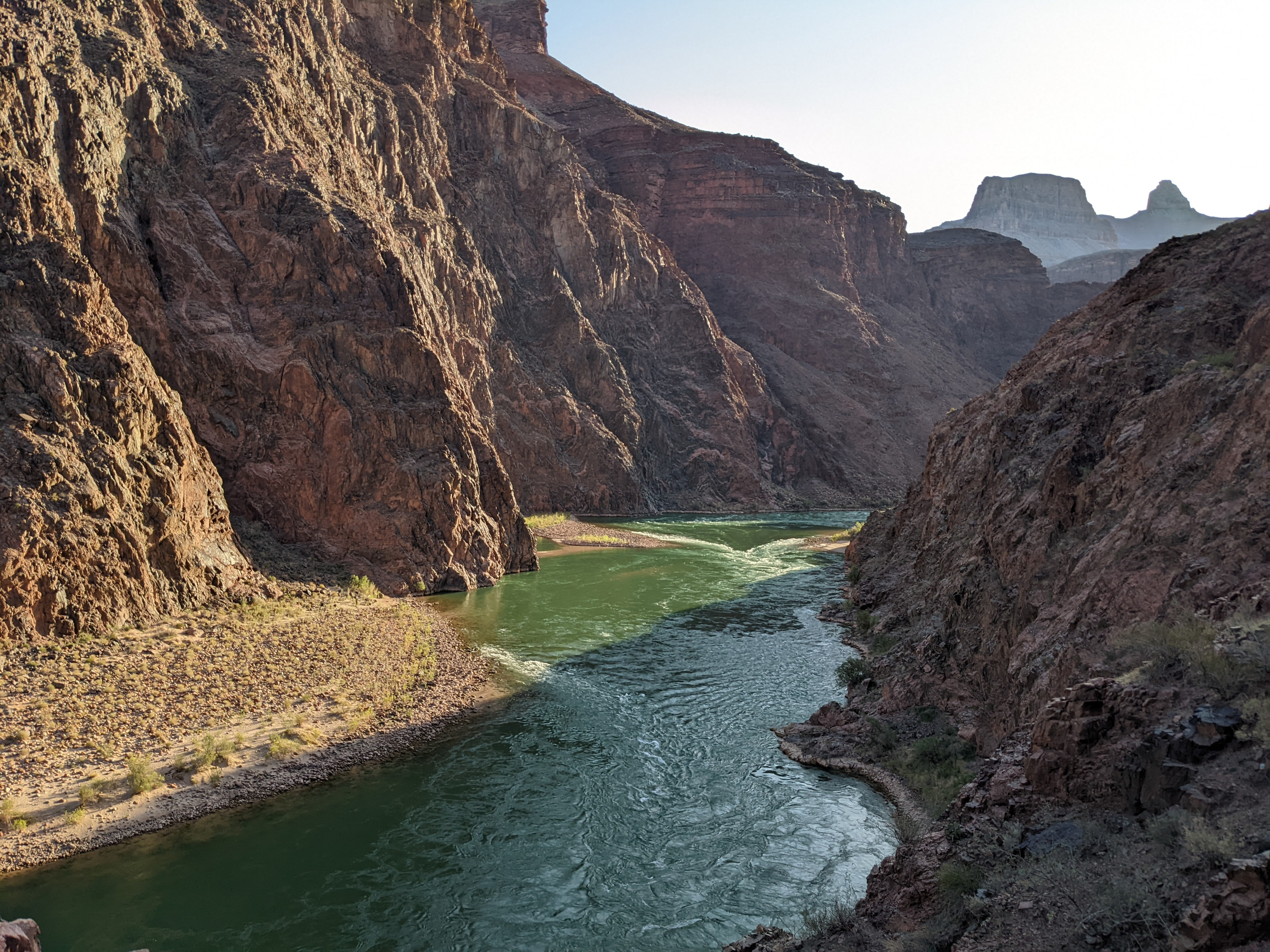Sample from a book about paganism.
The Origins of Neo-Paganism
While paganism has been around longer than any other religion, it was suppressed during the rise of monotheistic religions, especially Christianity. Romans created paganism initially to be an umbrella term for all people who did not follow Christianity (American Humanist Association). Due to the general nature of the word, it cannot truly encompass the diversity of pagan traditions in the earliest history of humanity.
Pagan beliefs are at the beginning of all human cultures, from Native North Americans (Woolfe, 2014) to Egypt (Star, 2021). Early human cultures incorporated pagan beliefs into their traditions to understand the world and their environment. Deities and rituals were incredibly specific to their localities. Therefore, it was easy for Christianity to put all these different pagan communities into one box because they were not only generalized to the Christian public but were unable to work together to fight off the surge of monotheism (American Humanist Association).
Paganism was rediscovered in the 1700s during the Enlightenment as Greek and Roman texts were reintegrated back into Western society. However, the religion really regained popularity in the 18th century (American Humanist Association). As people began to question their relationship with the classical monotheistic religions, they swarmed to paganism to understand the natural world (Halstead, 2019). Writers and poets began to reintroduce images of paganism into literature in a positive way.
As the environmental movement continues to grow in popularity, so does paganism. The relationship between nature and humanity is the foundation of Neo-Pagan thought, and so people flock to the ideology to find their place in the universe (Halstead, 2019).
Core Beliefs
While many branches of Neo-Paganism have formed, a couple core beliefs sit at the center of these systems. The first is the idea of interconnectedness, where all things are related (Halstead, 2019). Some pagans believe that all life and nonlife is made from the same material, and therefore we are all connected to each other. The second belief is the idea of divinity. According to Neo-Pagans, all existence is divine and should be treated as such.
The idea that all things are divine and interconnected naturally leads Neo-Pagans to the belief that they experience divinity daily. This experience of pantheism allows Neo-Pagans to feel their Goddess in all aspects of life, from eating a piece of fruit to walking their dog. The Goddess shows Herself in all moments. Therefore, Neo-Pagans do not need to believe because they experience their divinity first-hand (Halstead, 2019).
Interconnection
Neo-Pagans argue that humans must respect all other things because every form of existence is connected. Therefore, no form is better than the other (Halstead, 2019). This is especially relevant to the human relationship with nature.
During the rise of Christianity, humans began to see themselves as better than other forms of existence, especially not obviously living forms (Woolfe, 2014). They dominated over nature and attempted to make it succumb to their desires, destroying much in the meantime (Winter, 2020). This was an especially useful point of view as agricultural practices became more dominating and the Industrial Revolution took place.
Moving into the 19th century, as human control over nature reached its peak with the Industrial Revolution, people saw the damage being done to their environments. Some aimed to reconnect with nature, especially authors like Thoreau and Emerson, to repair the relationship. In the eyes of Neo-Pagans, because all things are connected, every relationship is cyclical. If humans do harm to nature, then the harm will come back around and affect us (Halstead, 2019).
Divinity
Another important aspect of Neo-Paganism is the idea of divinity. Neo-Pagans believe that everything in existence and to have ever existed is divine (Pagan Federation International, 2020). This sacredness extends from the water flowing over a rock to the rock itself, and the animals that drink from the river. Moving through the world, Neo-Pagans see the sacredness in not only the objects but the moments that they experience.
Due to the sanctity of existence, Neo-Pagans aim to show respect to all. Diversity is revered because all things are treated as equal, and therefore even if something is different, it is still sacred (Halstead, 2019). This is the reason that many oppressed groups are attracted by the religion, because they are so readily accepted.
Neo-Pagans scorn any act of oppression that deems one thing less than the other. They actively reproach racism, sexism, transphobia, or any other -isms that suggest something or someone is not sacred in who they are or how they exist. Diversity must be celebrated because it demonstrates the diversity of existence, and therefore shows the uniqueness of every single sacred thing (Halstead, 2019). Neo-Paganism has had an increase in the amount of people of color and LGBTQ followers due to this focus on diversification.
While paganism has been around longer than any other religion, it was suppressed during the rise of monotheistic religions, especially Christianity. Romans created paganism initially to be an umbrella term for all people who did not follow Christianity (American Humanist Association). Due to the general nature of the word, it cannot truly encompass the diversity of pagan traditions in the earliest history of humanity.
Pagan beliefs are at the beginning of all human cultures, from Native North Americans (Woolfe, 2014) to Egypt (Star, 2021). Early human cultures incorporated pagan beliefs into their traditions to understand the world and their environment. Deities and rituals were incredibly specific to their localities. Therefore, it was easy for Christianity to put all these different pagan communities into one box because they were not only generalized to the Christian public but were unable to work together to fight off the surge of monotheism (American Humanist Association).
Paganism was rediscovered in the 1700s during the Enlightenment as Greek and Roman texts were reintegrated back into Western society. However, the religion really regained popularity in the 18th century (American Humanist Association). As people began to question their relationship with the classical monotheistic religions, they swarmed to paganism to understand the natural world (Halstead, 2019). Writers and poets began to reintroduce images of paganism into literature in a positive way.
As the environmental movement continues to grow in popularity, so does paganism. The relationship between nature and humanity is the foundation of Neo-Pagan thought, and so people flock to the ideology to find their place in the universe (Halstead, 2019).
Core Beliefs
While many branches of Neo-Paganism have formed, a couple core beliefs sit at the center of these systems. The first is the idea of interconnectedness, where all things are related (Halstead, 2019). Some pagans believe that all life and nonlife is made from the same material, and therefore we are all connected to each other. The second belief is the idea of divinity. According to Neo-Pagans, all existence is divine and should be treated as such.
The idea that all things are divine and interconnected naturally leads Neo-Pagans to the belief that they experience divinity daily. This experience of pantheism allows Neo-Pagans to feel their Goddess in all aspects of life, from eating a piece of fruit to walking their dog. The Goddess shows Herself in all moments. Therefore, Neo-Pagans do not need to believe because they experience their divinity first-hand (Halstead, 2019).
Interconnection
Neo-Pagans argue that humans must respect all other things because every form of existence is connected. Therefore, no form is better than the other (Halstead, 2019). This is especially relevant to the human relationship with nature.
During the rise of Christianity, humans began to see themselves as better than other forms of existence, especially not obviously living forms (Woolfe, 2014). They dominated over nature and attempted to make it succumb to their desires, destroying much in the meantime (Winter, 2020). This was an especially useful point of view as agricultural practices became more dominating and the Industrial Revolution took place.
Moving into the 19th century, as human control over nature reached its peak with the Industrial Revolution, people saw the damage being done to their environments. Some aimed to reconnect with nature, especially authors like Thoreau and Emerson, to repair the relationship. In the eyes of Neo-Pagans, because all things are connected, every relationship is cyclical. If humans do harm to nature, then the harm will come back around and affect us (Halstead, 2019).
Divinity
Another important aspect of Neo-Paganism is the idea of divinity. Neo-Pagans believe that everything in existence and to have ever existed is divine (Pagan Federation International, 2020). This sacredness extends from the water flowing over a rock to the rock itself, and the animals that drink from the river. Moving through the world, Neo-Pagans see the sacredness in not only the objects but the moments that they experience.
Due to the sanctity of existence, Neo-Pagans aim to show respect to all. Diversity is revered because all things are treated as equal, and therefore even if something is different, it is still sacred (Halstead, 2019). This is the reason that many oppressed groups are attracted by the religion, because they are so readily accepted.
Neo-Pagans scorn any act of oppression that deems one thing less than the other. They actively reproach racism, sexism, transphobia, or any other -isms that suggest something or someone is not sacred in who they are or how they exist. Diversity must be celebrated because it demonstrates the diversity of existence, and therefore shows the uniqueness of every single sacred thing (Halstead, 2019). Neo-Paganism has had an increase in the amount of people of color and LGBTQ followers due to this focus on diversification.
Sample from a book about herbal medicine.
Introduction: The Benefits of Using Herbal Medicine
People from across the world continue to use herbal medicine to treat illnesses. In fact, the World Health Organization (WHO) says that over 70 percent of the world’s population use herbs as their main health care [1]. For example, in modern South Africa, there are over 250 thousand traditional healers that provide healthcare to over 80 percent of the black population due to lack of access [2]. However, the use of herbal medicine has declined over the last century in the West with the invention of synthetic drugs [3].
Scientists have begun to study plants’ medicinal capabilities more in recent years because they can treat a huge swath of diseases. The best part is, they can treat illnesses with little to no side effects [3]. For example, herbs can be used to replace nanosilver as an antimicrobial agent. Nanosilver causes a variety of dangerous side effects, from cancer to heart disease. It can also delay the body’s ability to heal itself. Instead, patients can use herbal medicine to treat viral and bacterial infections, without the potential of doing more harm later [4].
Herbal remedies can treat a large variety of diseases and are cheaper than prescription medication [3]. As herbal medicine is relatively safe, inexpensive, natural, and easy to access, many people are turning to it across the globe to treat their illnesses.
People from across the world continue to use herbal medicine to treat illnesses. In fact, the World Health Organization (WHO) says that over 70 percent of the world’s population use herbs as their main health care [1]. For example, in modern South Africa, there are over 250 thousand traditional healers that provide healthcare to over 80 percent of the black population due to lack of access [2]. However, the use of herbal medicine has declined over the last century in the West with the invention of synthetic drugs [3].
Scientists have begun to study plants’ medicinal capabilities more in recent years because they can treat a huge swath of diseases. The best part is, they can treat illnesses with little to no side effects [3]. For example, herbs can be used to replace nanosilver as an antimicrobial agent. Nanosilver causes a variety of dangerous side effects, from cancer to heart disease. It can also delay the body’s ability to heal itself. Instead, patients can use herbal medicine to treat viral and bacterial infections, without the potential of doing more harm later [4].
Herbal remedies can treat a large variety of diseases and are cheaper than prescription medication [3]. As herbal medicine is relatively safe, inexpensive, natural, and easy to access, many people are turning to it across the globe to treat their illnesses.
History of plant medicine
Modern Western society often forgets that humanity once lacked conventional medicine like antivirals and antibiotics. Long before Mary Hunt discovered the moldy cantaloupe that would be the source for penicillin around the world [5], humanity relied on natural remedies to cure their ailments. Herbal medicine has a long and entangled history with humanity, and human civilization. People continue to rely on it to this day and is growing in popularity rapidly.
People used herbal medicine even before the invention of writing --- the first record of herbal remedy use is from China, dated back to 2500 B.C. [6, 7]. The discovery and refinement of herbal remedies took thousands of years and was highly dependent on the area’s local flora. Plant-based medical systems developed throughout the world, from the Ayurvedic in India to the Amazonian in South America. These systems continue to be used all over the globe [1].
Plant medicine has remained a core part of human history, and we should recognize the role that flora plays in healing our bodies. Many herbal remedies have even inspired modern medicine, like aspirin. We will highlight just a few of the places where plant medicine originated.
Modern Western society often forgets that humanity once lacked conventional medicine like antivirals and antibiotics. Long before Mary Hunt discovered the moldy cantaloupe that would be the source for penicillin around the world [5], humanity relied on natural remedies to cure their ailments. Herbal medicine has a long and entangled history with humanity, and human civilization. People continue to rely on it to this day and is growing in popularity rapidly.
People used herbal medicine even before the invention of writing --- the first record of herbal remedy use is from China, dated back to 2500 B.C. [6, 7]. The discovery and refinement of herbal remedies took thousands of years and was highly dependent on the area’s local flora. Plant-based medical systems developed throughout the world, from the Ayurvedic in India to the Amazonian in South America. These systems continue to be used all over the globe [1].
Plant medicine has remained a core part of human history, and we should recognize the role that flora plays in healing our bodies. Many herbal remedies have even inspired modern medicine, like aspirin. We will highlight just a few of the places where plant medicine originated.
North America
Indigenous Americans used flora to heal their bodies long before the Europeans “discovered” the Americas in 1492. Colonialists would import the unique suite of medicinal plants back to Europe, where they would be planted in domestic botanical gardens [6]. Similarly, Native American herbal medicines are the main types of dietary supplements in the modern United States. Plants continue to be used by tribal communities today for both spiritual and medicinal purposes [8].
In North America, over 17 thousand plant species can be found. Over 28 hundred of these species were used by Native American societies for medicinal purposes, only nine percent of the available flora. However, the botanicals used by Native Americans is still poorly studied, and exact numbers remain unknown [1]. Native Americans would keep records of specific plants, their toxicity, and which parts could be used to treat what ailments. They also believed that plants contained “spirits” that would provide therapeutic effects. Many Native peoples had a spiritual connection with the flora they used to treat illnesses [8].
Most popular of the Native botanicals are ginseng, garlic, and echinacea, but there are thousands of others still in use by Native and non-Native communities in the United States. Different tribes would utilize different botanicals, depending on their environment and what would readily grow. For example, the Cherokee were the main tribe to use garlic to prevent scurvy and asthma, along with many other benefits. In contrast, several different tribes in addition to the Cherokee, like the Iroquois and Mohegan, would use ginseng to treat fevers and tuberculosis [8]. The use of medicinal herbs was common throughout North America, and still is today.
If you would like to learn more about what Native peoples’ land you currently live on, you can go to native-land.ca.
Indigenous Americans used flora to heal their bodies long before the Europeans “discovered” the Americas in 1492. Colonialists would import the unique suite of medicinal plants back to Europe, where they would be planted in domestic botanical gardens [6]. Similarly, Native American herbal medicines are the main types of dietary supplements in the modern United States. Plants continue to be used by tribal communities today for both spiritual and medicinal purposes [8].
In North America, over 17 thousand plant species can be found. Over 28 hundred of these species were used by Native American societies for medicinal purposes, only nine percent of the available flora. However, the botanicals used by Native Americans is still poorly studied, and exact numbers remain unknown [1]. Native Americans would keep records of specific plants, their toxicity, and which parts could be used to treat what ailments. They also believed that plants contained “spirits” that would provide therapeutic effects. Many Native peoples had a spiritual connection with the flora they used to treat illnesses [8].
Most popular of the Native botanicals are ginseng, garlic, and echinacea, but there are thousands of others still in use by Native and non-Native communities in the United States. Different tribes would utilize different botanicals, depending on their environment and what would readily grow. For example, the Cherokee were the main tribe to use garlic to prevent scurvy and asthma, along with many other benefits. In contrast, several different tribes in addition to the Cherokee, like the Iroquois and Mohegan, would use ginseng to treat fevers and tuberculosis [8]. The use of medicinal herbs was common throughout North America, and still is today.
If you would like to learn more about what Native peoples’ land you currently live on, you can go to native-land.ca.
WORKS CITED
[1] N. Mamedov, "Medicinal Plants Studies: History, Challenges and Prospective," Medicinal & Aromatic Plants, pp. 1-2, 2012.
[2] S. B. Kayne, "Introduction to traditional medicine," in Traditional medicine: A global perspective, 2009, p. 24.
[3] K. Dhama, K. Karthik, R. Khandia, A. Munjal, R. Tiwari, R. Rana, S. K. Khurana, S. Ullah, R. U. Khan, M. Alagawany, M. R. Farag, M. Dadar and S. K. Joshi, "Medicinal and Therapeutic Potential of Herbs and Plant Metabolites / Extracts Countering Viral Pathogens - Current Knowledge and Future Prospects," Current Drug Metabolism, pp. 236-263, 2018.
[4] S. Parham, A. Z. Kharazi, H. R. Bakhsheshi-Rad, H. Nur, A. F. Ismail, S. Sharif, S. RamaKrishna and F. Berto, "Antioxidant, Antimicrobial and Antiviral Properties of Herbal Materials," Antioxidants, pp. 1-36, 2020.
[5] W. Rosen, Miracle Cure, New York: Penguin Random House LLC, 2017.
[6] B. B. Petrovska, "Historical review of medicinal plants' usage," Pharmacognosy Reviews, pp. 1-5, 2012.
[7] T. Sturluson, "History of Herbal Medicine," 30 January 2014. [Online]. Available: https://www.herbal-supplement-resource.com/history-of-herbal-medicine/.
[8] A. T. Borchers, C. L. Keen, J. S. Stern and M. E. Gershwin, "Inflammation and Native American medicine: the role of botanicals," The American Journal of Clinical Nutrition, pp. 339-347, 2000.
[2] S. B. Kayne, "Introduction to traditional medicine," in Traditional medicine: A global perspective, 2009, p. 24.
[3] K. Dhama, K. Karthik, R. Khandia, A. Munjal, R. Tiwari, R. Rana, S. K. Khurana, S. Ullah, R. U. Khan, M. Alagawany, M. R. Farag, M. Dadar and S. K. Joshi, "Medicinal and Therapeutic Potential of Herbs and Plant Metabolites / Extracts Countering Viral Pathogens - Current Knowledge and Future Prospects," Current Drug Metabolism, pp. 236-263, 2018.
[4] S. Parham, A. Z. Kharazi, H. R. Bakhsheshi-Rad, H. Nur, A. F. Ismail, S. Sharif, S. RamaKrishna and F. Berto, "Antioxidant, Antimicrobial and Antiviral Properties of Herbal Materials," Antioxidants, pp. 1-36, 2020.
[5] W. Rosen, Miracle Cure, New York: Penguin Random House LLC, 2017.
[6] B. B. Petrovska, "Historical review of medicinal plants' usage," Pharmacognosy Reviews, pp. 1-5, 2012.
[7] T. Sturluson, "History of Herbal Medicine," 30 January 2014. [Online]. Available: https://www.herbal-supplement-resource.com/history-of-herbal-medicine/.
[8] A. T. Borchers, C. L. Keen, J. S. Stern and M. E. Gershwin, "Inflammation and Native American medicine: the role of botanicals," The American Journal of Clinical Nutrition, pp. 339-347, 2000.




